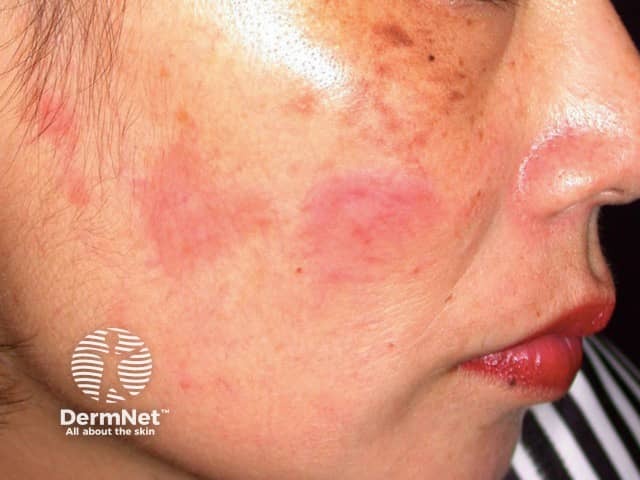Dermatologists rely heavily on topical therapies for cutaneous lupus erythematosus (CLE), but are increasingly interested in systemic agents with user-friendly formulations and dermatology-relevant experience such as deucravacitinib (Sotyktu BMS), an oral TYK2 inhibitor currently approved for psoriasis.
Familiarity with its mechanism and a favorable safety profile have positioned deucravacitinib as a top contender for future use in CLE, according to a new report from Spherix Global Insights that aims to shed light on how specialists are currently managing CLE—and where emerging therapies may soon fit in.
As one dermatologist noted, “We already are familiar with it from treating psoriasis and comfortable with the MOA and efficacy and safety for PsO, so this makes it easier for prescribers to adopt it early.”
Unmet Needs in CLE
According to the 2025 update of Patient Chart Dynamix: Systemic Lupus Erythematosus (US), four in 10 systemic lupus erythematosus (SLE) patients also carry a CLE diagnosis.
When cutaneous features are present, rheumatologists are more likely to turn to biologics, most notably anifrolumab (Saphnelo, AstraZeneca). In fact, among SLE patients with skin involvement, anifrolumab is now favored over belimumab (Benlysta, GlaxoSmithKline) in a growing number of cases.
Rheumatologists are increasingly adopting biologics for their CLE patients—particularly those with systemic manifestations. While belimumab remains the most prescribed biologic for CLE, use of anifrolumab has tripled since 2023, driven by rheumatologist reports of superior skin outcomes and more convenient administration—fueling high expectations for its potential approval in CLE.
Looking ahead, physicians estimate that up to one-third of patients with SCLE or CCLE could be candidates for emerging systemic agents like anifrolumab, deucravacitinib, and litifilimab, a humanized monoclonal antibody (mAb) being investigated for the treatment of SLE and CLE. Biogen’s litifilimab, which targets BDCA2 on plasmacytoid dendritic cells, has drawn particular attention for its monthly dosing, steroid-sparing potential, and novel mechanism of action.
As one rheumatologist shared, “More targeted therapy leading to longer-lasting efficacy,” while a dermatologist emphasized, “This appears to be a game changer in the treatment of CLE because of its MOA.”
Specialists are also tracking promising assets such as Pfizer’s dazukibart (anti-IFNβ mAb) and Merck KGaA’s enpatoran (TLR7/8 inhibitor), among others.
Treatment Options Remain Limited
Despite rising awareness and enthusiasm, there is still broad consensus among both rheumatologists and dermatologists that treatment options remain limited, especially for chronic cutaneous lupus subtypes like discoid lupus erythematosus (DLE). Rheumatologists, in particular, rank DLE as having the highest unmet need across all lupus-related manifestations, including SLE and lupus nephritis (LN).
Specialists continue to prioritize new therapies that are effective, safe, and well-tolerated, with rapid onset, durable responses, and the ability to reduce reliance on steroids. More specifically, physician preferences for future therapies emphasize practical endpoints—such as Physician Global Assessment (PGA) score improvements, flare reduction, and steroid tapering—alongside accessible modes of administration.
PHOTO CREDIT: DermNet


